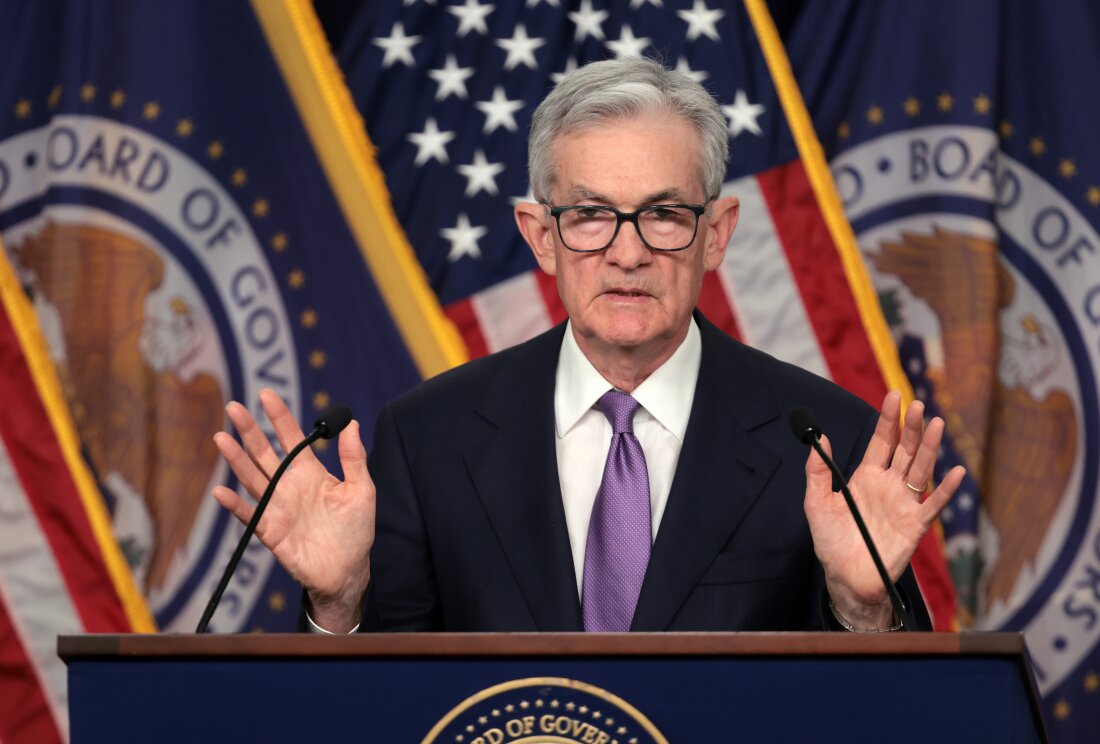The Federal Reserve recently cut federal interest rates by 0.5%, changing the national interest rate between 4.75% and 5%. This was done for various reasons and will affect both global markets and the domestic economy by influencing the cost of loans and mortgages, as well as the value of cash, bonds, and stock.
The Federal Open Market Committee (FOMC), part of the Fed, is the central bank in the United States and it is responsible for setting national interest rates. It makes its decision based on a number of factors, such as national inflation and labor markets.
Inflation
Inflation and interest rates have skyrocketed, and interest rates are often kept high in order to curb high inflation.
“Our patient approach over the past year has paid dividends. Inflation is now much closer to our objective, and we have gained greater confidence that inflation is moving sustainably toward 2%,” Jerome Powell, the Fed’s chair of the board of governors, said.
The Fed has not achieved its goal of lowering inflation, though it projects that it will be close to its goal of 2% by August 2025. The Fed feels more secure in national inflation rates making it feel comfortable with the lowering of interest rates.
Unemployment
In recent months, new data has indicated that the labor market is cooling. This means that unemployment is increasing, and job growth has been weaker than previously expected.
By dropping interest rates, the Fed can encourage businesses to take loans, expand their operations and hire more employees. Hopefully, it will be benefiting labor markets.
“As inflation has declined and the labor market has cooled. The upside risks to inflation have diminished and the downside risks to employment have increased. We now see the risks to achieving our employment and inflation goals as roughly in balance,” Powell said.
The Fed made this interest rate cut to better reflect how it sees the economy. Where once it was focusing on inflation, it has now adjusted the interest rates to a more neutral stance because it finds cooling labor markets and inflation to be equally problematic.
Global economy
It is also important to note how interest rates affect the United States in the global market. With interest rates being cut, it is expected that the dollar will depreciate, meaning it will drop in value in comparison to other currencies.
This helps American exporters whose products will now be more competitive in foreign markets; on the other hand, it makes all foreign imports into the U.S. more expensive.
Devaluing of the U.S. dollar in exchange rates is part of the reason why lowering interest rates increases inflation, because domestic demand increases. Since domestic industry is helped by it, it also contributes to decreasing unemployment rates.
However, the interest rates still remain relatively high so all of this should be taken with a grain of salt.
Individuals
Beyond the macroeconomic effects of a national drop in interest rates, individuals can expect some noticeable changes as well. The drop in interest rates means any personal loan, from a home mortgage to student loans, could be refinanced in the future to reflect the lower rates.
Simply put, refinancing to a lower interest rate could save individuals thousands of dollars. The Fed has not made any definitive statements on whether or not there are more rate cuts are to be expected.
“We will be making decisions … based on incoming data, the evolving outlook and the balance of risks,” Powell said.
The Fed remains ready to drop interest rates even further or to jack them back up. It all depends on the way the economy responds to the cut.









